7 White Foods That Hurt Your Health and 5 You Should Absolutely Avoid
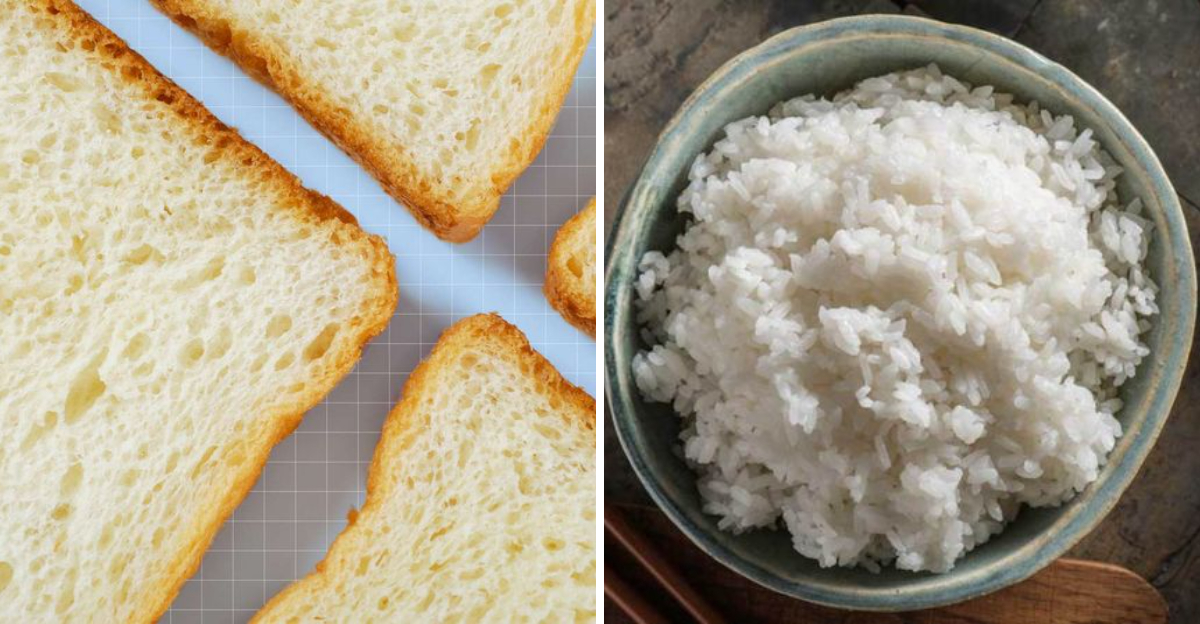
Not all white foods are bad (looking at you, cauliflower), but many highly processed white staples can spike blood sugar, lack nutrients, and quietly sabotage your health when eaten often. Some sneak into meals disguised as “neutral” or “comforting” but pack little to no nutritional value. Here are 7 common white foods that can do more harm than good—and 5 you really want to avoid altogether.
1. White Bread
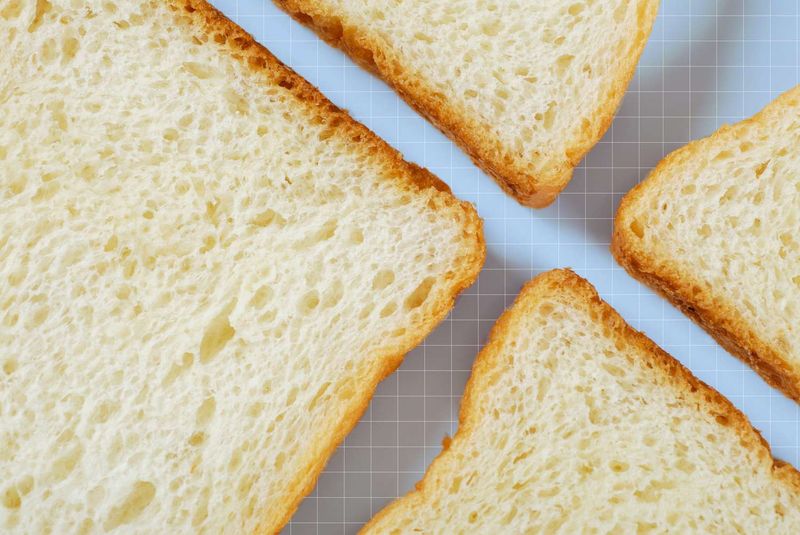
White bread, often seen as a dietary staple, is stripped of its natural fiber and nutrients during processing. This makes it a rapidly digestible carbohydrate that can lead to spikes in blood sugar levels. Over time, frequent consumption can cause energy crashes and intense cravings. Did you know? Ancient Egyptians are credited with the first use of yeast to make bread rise—a far cry from today’s factory-produced loaves. Opt for whole grain for a healthier choice.
2. White Rice
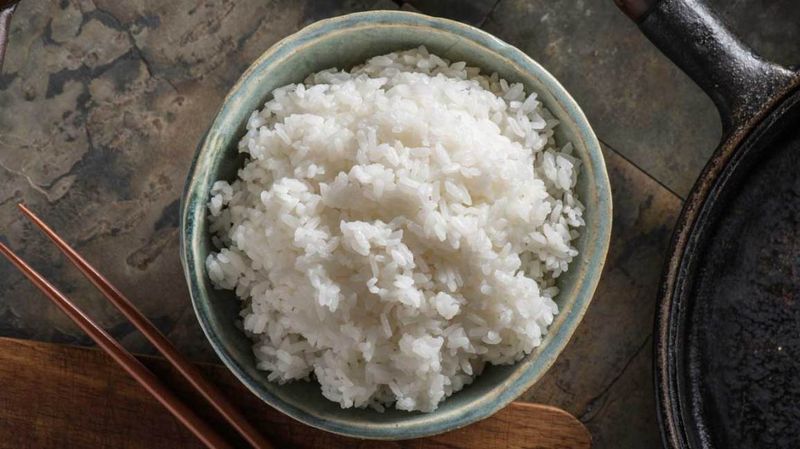
Though white rice is a global staple and easy to digest, it lacks the fiber and nutrients found in its whole grain counterparts. Its consumption can lead to quick spikes in blood sugar, contributing to energy dips and overeating. Historically, rice has been a symbol of sustenance in many cultures, yet the polished white variety is a modern addition, offering less nutritional value compared to brown rice.
3. Regular Pasta (Made from Refined Flour)
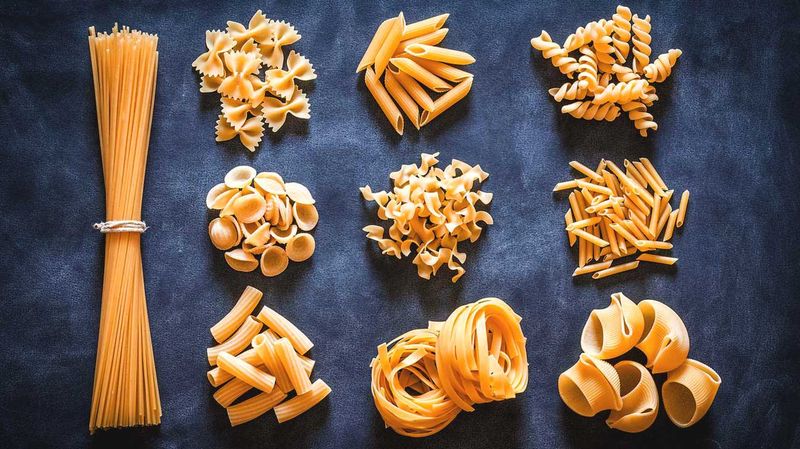
Regular pasta, made from refined flour, misses out on the fiber and protein that whole-grain variants offer. This can lead to overeating and fluctuating blood sugar levels. Fun fact: Pasta has origins in the Mediterranean, with the earliest references dating back to 1154 in Sicily. Switching to whole grain can be a delicious and healthier alternative, providing better nutritional benefits without compromising taste.
4. Saltine Crackers
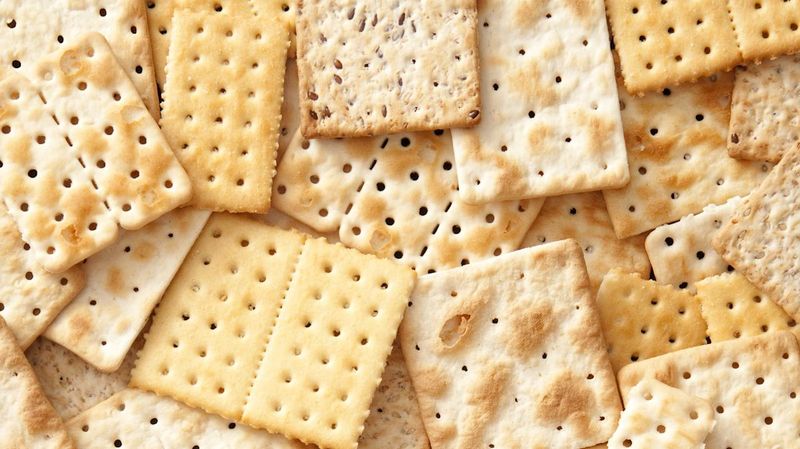
Saltine crackers, though seemingly innocent, are highly refined and often packed with sodium and processed oils. They might seem like a light snack, but their nutritional value is minimal. An important note: the invention of saltines in the late 19th century revolutionized snacking, though today, opting for whole-grain alternatives can be far more beneficial to one’s health.
5. White Potatoes (When Fried or Butter-Loaded)

White potatoes, naturally healthy, often become unhealthy when fried or laden with butter and cream. Frying turns them into calorie bombs, overshadowing their nutritional potential. Incredibly, potatoes have been cultivated for over 7,000 years, originally in the Andes mountains, symbolizing resilience and sustenance. Baking or boiling without excessive fats preserves their natural benefits.
6. Flour Tortillas
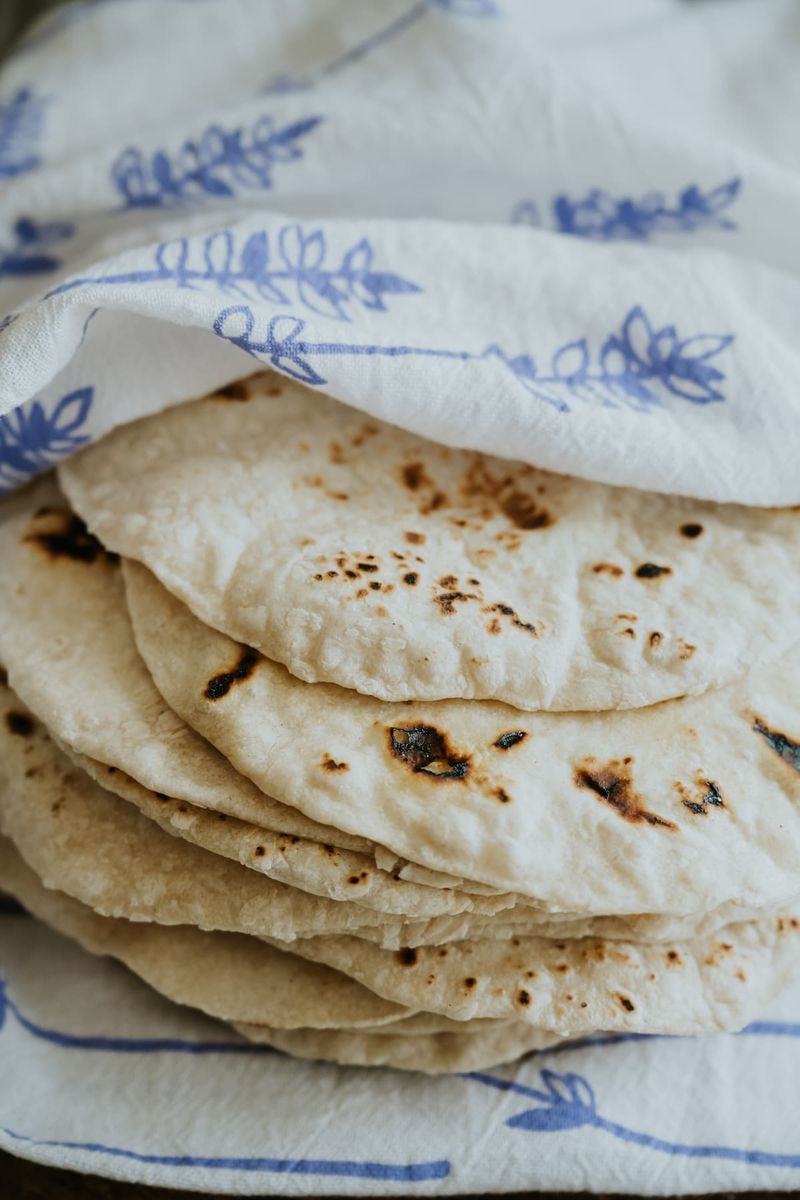
Soft and versatile, flour tortillas are loaded with refined carbs and often hidden fats. Surprisingly, a single tortilla can rival the carbohydrate content of two slices of white bread. Originating from Mexican cuisine, tortillas were once made from maize; today’s refined flour versions lack that rustic nutrition. Opting for corn tortillas can provide a healthier, fiber-rich alternative.
7. Cream-Based Sauces (Like Alfredo or Ranch)
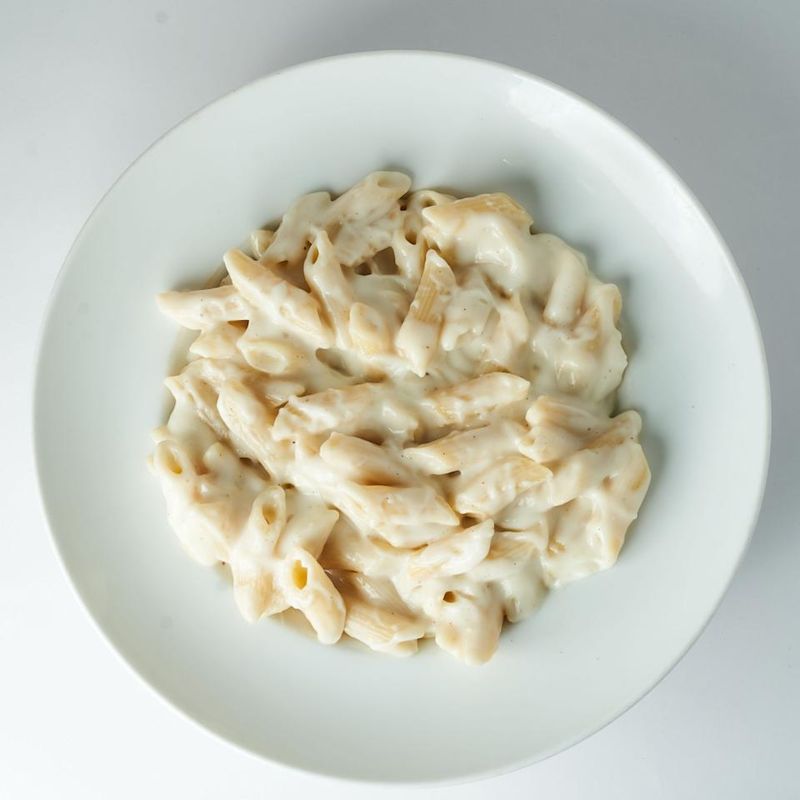
Cream-based sauces, like Alfredo or Ranch, are often high in saturated fats and offer little nutritional benefit. They are calorie-dense, potentially leading to weight gain if consumed frequently. Historically, Alfredo sauce originated in Rome as a simple dish, but modern versions are far richer. Consider using tomato-based sauces to reduce fat intake and enhance nutritional value.
8. Powdered Donuts

Powdered donuts are a sugary indulgence, composed of refined flour, sugar, and unhealthy trans fats. These treats may satisfy a sweet tooth but offer zero nutrition. Interestingly, donuts have a long history, with origins tracing back to Dutch settlers in America. For a healthier choice, consider baked versions or entirely different snacks like fruit.
9. Sweetened Condensed Milk
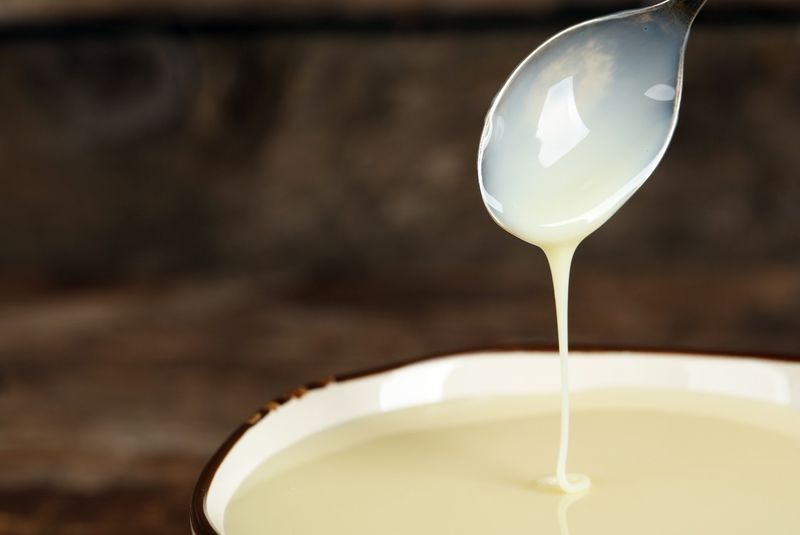
Sweetened condensed milk is essentially liquid sugar with a splash of dairy, offering a concentrated hit of calories and added sugar. While it is shelf-stable and a key ingredient in many desserts, moderation is key to avoid excessive calorie intake. Did you know? This product gained popularity during the American Civil War as a reliable, long-lasting food supply.
10. Instant Mashed Potatoes
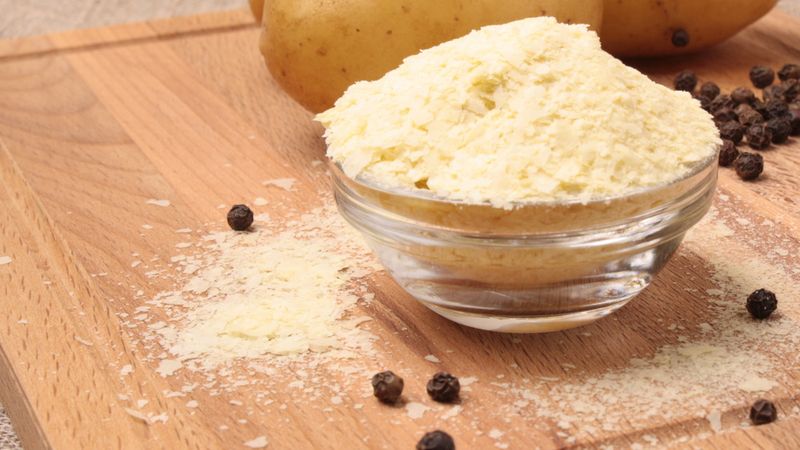
Instant mashed potatoes, despite their convenience, are highly processed and often loaded with sodium and additives. This makes them far from the fresh, wholesome spuds they claim to emulate. Interestingly, the concept of instant potatoes dates back to World War II as a military ration solution. For a nutritious alternative, consider making fresh mashed potatoes at home.
11. White Sugar
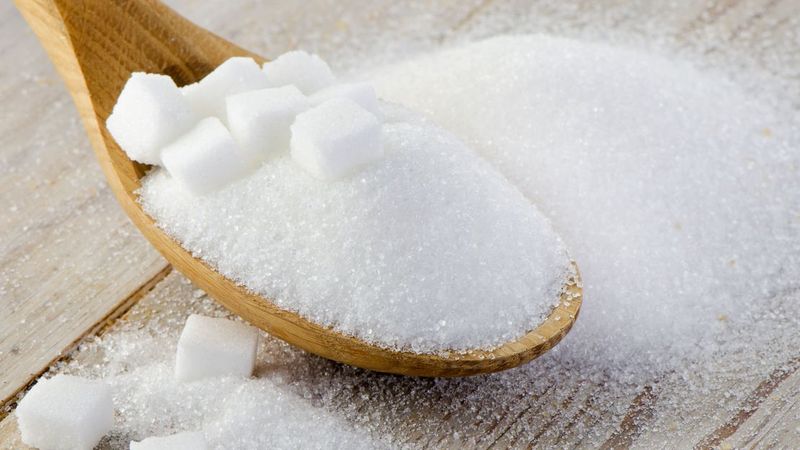
White sugar is a well-known dietary culprit, linked to numerous health issues such as diabetes and inflammation. While it sweetens our foods, it provides no essential nutrients. Historically, sugar production has shaped economies, notably during the colonial era. Reducing sugar intake can significantly benefit health, substituting it with natural sweeteners or reducing sweetness in general.
12. Non-Dairy Coffee Creamers
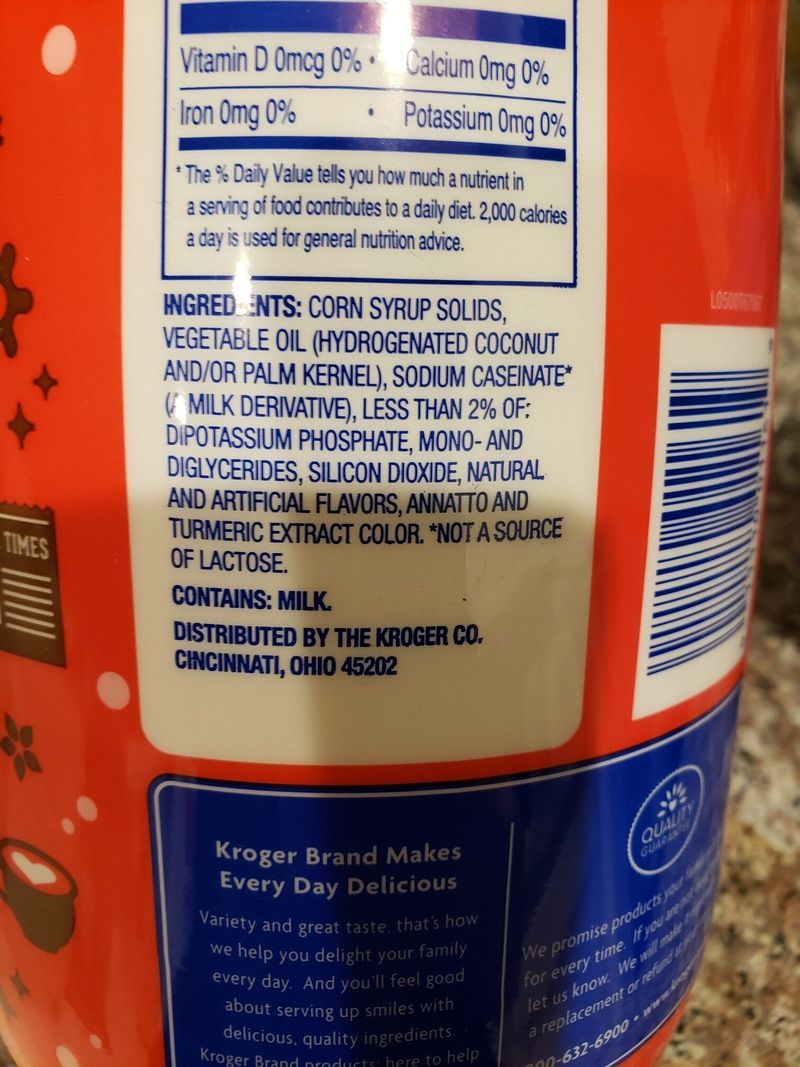
Non-dairy coffee creamers are often laden with hydrogenated oils, artificial sweeteners, and chemicals. These ingredients mimic cream’s texture but offer none of its natural benefits. Surprisingly, initial non-dairy creamers were developed to meet dietary restrictions, but today, they are more a concoction of additives. Opt for plant-based milk or real cream for a more natural addition to coffee.
